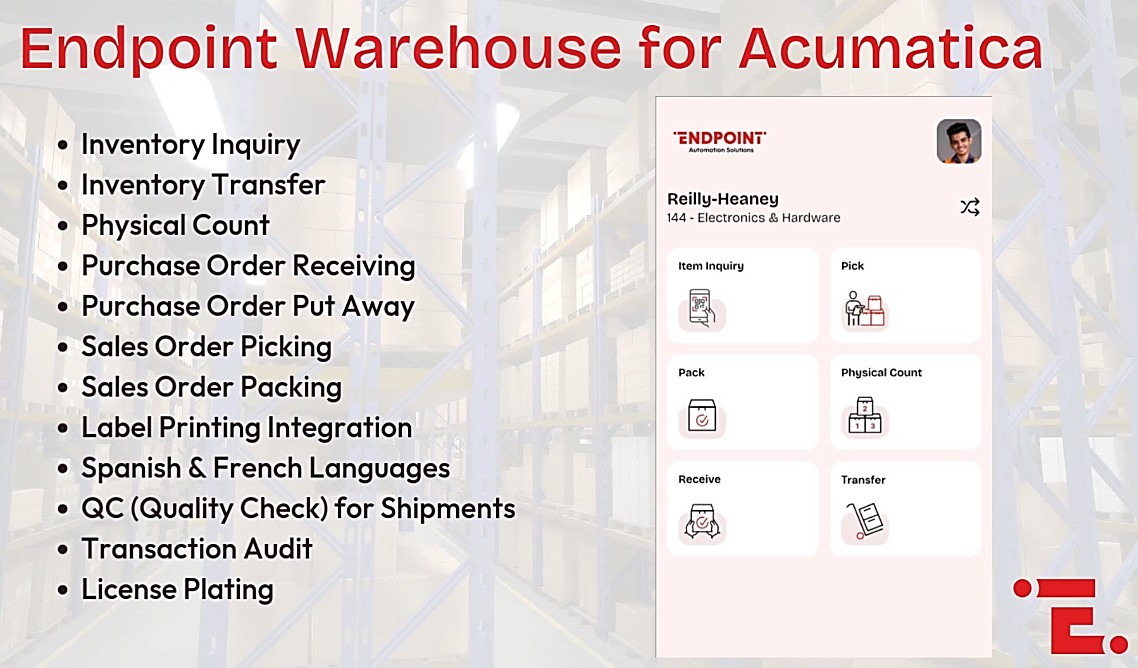March 5th 2025 10:26:27 AM
Paper in the Warehouse? Keys to Eliminating Paper-Based Processes
July 17th 2013 18:02:37 PM
Last month we discussed the question of going paperless. While some manufacturing and distribution companies are waiting until the last possible minute to transition to a paperless warehouse (after all, old habits do die hard), many more companies are looking for ways to eliminate their paper-based processes now to increase efficiency and productivity.
Going paperless in the warehouse can challenging, to say the least. Many warehouses were built and run solely on paper systems. Invoices were on paper. Work instructions were written down. Bill of materials, routing, receipts, material movements, and many other things were maintained through paper. For many years, it was the foundation of all information within the warehouse because there were no other options. The emergence of warehouse management systems (WMS), barcoding devices and software (such as Sage 100 barcoding software), and mobile applications has provided us with a plethora of options to track and maintain business-critical information.
Going paperless in the warehouse is no easy task, but it is worth the effort in the end. Keep the following strategies in mind as you transition to a paperless environment (or as paperless as possible):
- Replace the paper and pencils with handheld (or mobile) devices.
If your warehouse employees are still carrying around pads of paper and pencils to record data and information, it is past time to upgrade them to an automated data collection system. Handheld devices (also referred to as barcode scanners) reduce the time it takes workers to enter data into the system and virtually eliminate errors in data entry. Most handheld devices integrate seamlessly with your current ERP system and allow you to view changes in the warehouse as soon as they occur. - Replace manual processes with automated processes.
Now that you have armed your warehouse staff with the handheld devices they need, it’s time to align your warehouse processes with your paperless strategy. This could involve simply “mirroring” your current processes with a wireless device, or it could involve having to restructure your processes completely. Sit down and find out how workers are completing each task currently. Evaluate your processes as they are today to determine what changes you will need to make. If your warehouse tasks are complicated and redundant, change them. While handheld devices will instantly automate many processes, you may have to focus a little attention on fully automating others. - Implement a warehouse management system
If you do not already have one in place, a warehouse management system (WMS) will support your warehouse automation efforts. A WMS will give you the tools to manage all of your information in one place, eliminating the need for any paper reports, data sheets, etc. Many WMS solutions can be accessed on mobile devices, allowing workers to view information wherever they happen to be in the warehouse.
Paper-based processes can bog down your productivity levels and efficiency. While you may experience a drop in productivity during the implementation process, you will quickly realize a significant ROI on your handheld devices.
If you are not yet convinced that paperless is the way to go, take a look at our comparative analysis of how paper-based processes stack up to electronic processes below.
Record Creation
Paper: In order to create records, you have to fill out paper forms.
Electronic: Workers can capture data using electronic forms.
Processing
Paper: All documents are transferred physically between processing points.
Electronic: Electronic records progress for processing using workflow tools.
Storage
Paper: All documents are physically transferred, prepared and stored in the warehouse.
Electronic: Records are stored on content servers and backed up daily.
Retention and Retrieval
Paper: Records are kept in storage in case they are needed. At this point, all records are retrieved manually.
Electronic: Records can be integrated with the company’s ERP (or WMS) system and information can be reused regularly.
Destruction
Paper: To avoid the rising costs of storing records or to eliminate wasted space, some records are destroyed after time.
Electronic: Records can be archived and removed from the system without ever having to lose or destroy a single record.
If you’d like to start transitioning your warehouse to paperless, contact us today. Our Sage 100 barcoding solutions will help you automate processes and achieve maximum productivity and profitability.
Are you currently operating with a paperless system? What benefits are you experiencing from moving to paperless? Share your experience in our comments section below.











